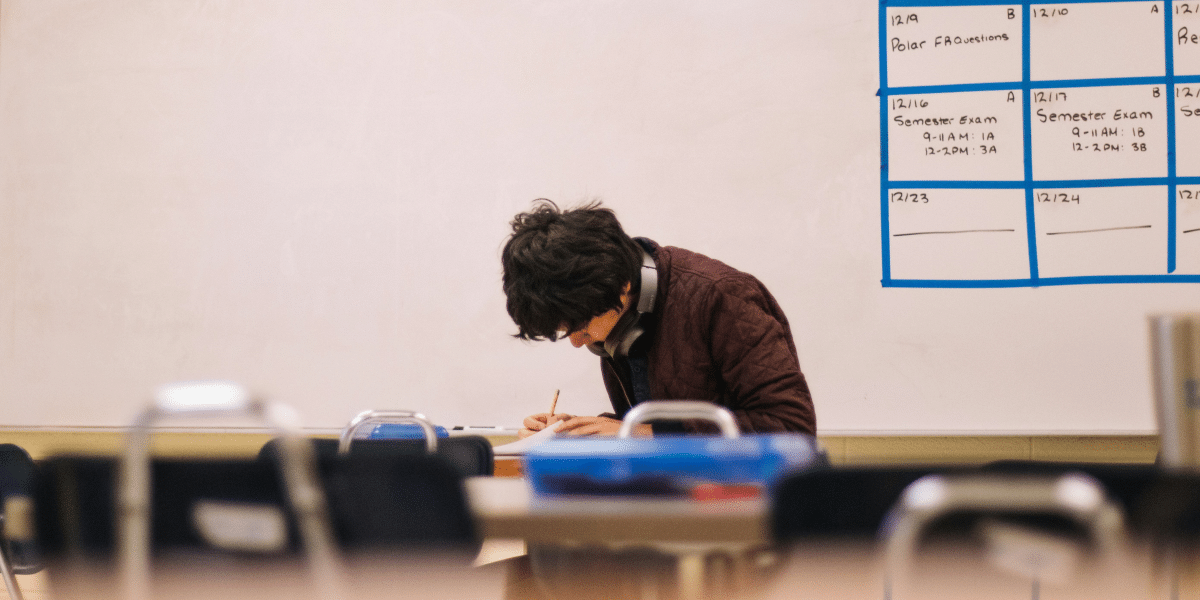As the school year begins anew, it’s paramount to be mindful of the potential risks associated with common back-to-school injuries. Understanding these risks and implementing preventive measures can significantly contribute to a safe and enjoyable school experience for all, whether on the playground, during sports activities, or in the classroom.
Playground Injuries
Playgrounds serve as hubs of childhood fun and recreation. Still, they also pose inherent risks for injuries, with falls being among the most prevalent. Lack of supervision and poorly maintained equipment can exacerbate these risks. Schools and caregivers must ensure proper supervision during playtime, conduct routine inspections of playground equipment for any signs of wear or damage, and promptly address any hazards to mitigate the risk of injuries. Additionally, educating children about safe play practices, such as using equipment appropriately and being mindful of their surroundings, can further prevent injury.
Sports-Related Injuries
Participation in sports activities offers numerous benefits, but it also comes with the potential for various types of injuries, including strains, sprains, and concussions. Adequate preparation is key to reducing the risk of sports-related injuries. This includes implementing proper warm-up and cool-down routines, ensuring that sports equipment fits correctly and is in good condition, and emphasizing the importance of proper technique and sportsmanship. Coaches, parents, and educators are crucial in promoting injury prevention strategies and creating a safety culture within sports programs. If an injury were to occur, it’s important to familiarize yourself with the crucial steps to take afterward.
Backpack-Related Injuries
The ubiquitous school backpack, while essential for carrying books and supplies, can also pose risks to students’ health if not used properly. Carrying heavy backpacks improperly or for extended periods can lead to musculoskeletal issues such as back pain and shoulder strain. To minimize the risk of backpack-related injuries, parents and caregivers must help children select appropriately sized, lightweight backpacks equipped with padded shoulder straps and a waist belt. Encouraging children to pack only what is necessary and to distribute weight evenly across the backpack can also help alleviate strain on their bodies. Additionally, promoting awareness of proper posture and lifting techniques can further reduce the likelihood of backpack-related injuries.
Pedestrian and Bicycle Accidents
With the hustle and bustle of school traffic, there’s an increased risk of pedestrian and bicycle accidents, particularly in areas with heavy vehicular congestion. Distracted driving, speeding, and poor visibility are common contributing factors to these accidents. To enhance pedestrian and cyclist safety, both students and motorists must remain vigilant and adhere to traffic laws and safety regulations. Students should be encouraged to use designated crosswalks, sidewalks, and bike lanes whenever possible, wear brightly colored or reflective clothing to enhance visibility and avoid distractions such as using electronic devices while walking or cycling. Similarly, motorists should exercise caution, especially in school zones, and be prepared to yield to pedestrians and cyclists.
Classroom-Related Injuries
Even within the confines of the classroom, potential hazards exist that can result in injuries, such as slips, trips, and falls. Wet floors, cluttered walkways, and improperly stored equipment are common culprits. Schools should prioritize maintaining a safe learning environment by routinely inspecting and addressing any potential hazards, implementing proper storage solutions for supplies and equipment, and educating students about the importance of staying alert and exercising caution in the classroom. By fostering a culture of safety and responsibility, schools can help minimize the occurrence of classroom-related injuries and create a conducive environment for learning.
As students embark on another school year, prioritizing safety and injury prevention should be paramount for parents, educators, and school administrators alike. By remaining vigilant, implementing proactive measures, and fostering a culture of safety within the school community, we can collectively work towards creating a safe and conducive learning environment where students can thrive and flourish without the burden of unnecessary risks and injuries.
Published by: Nelly Chavez


















